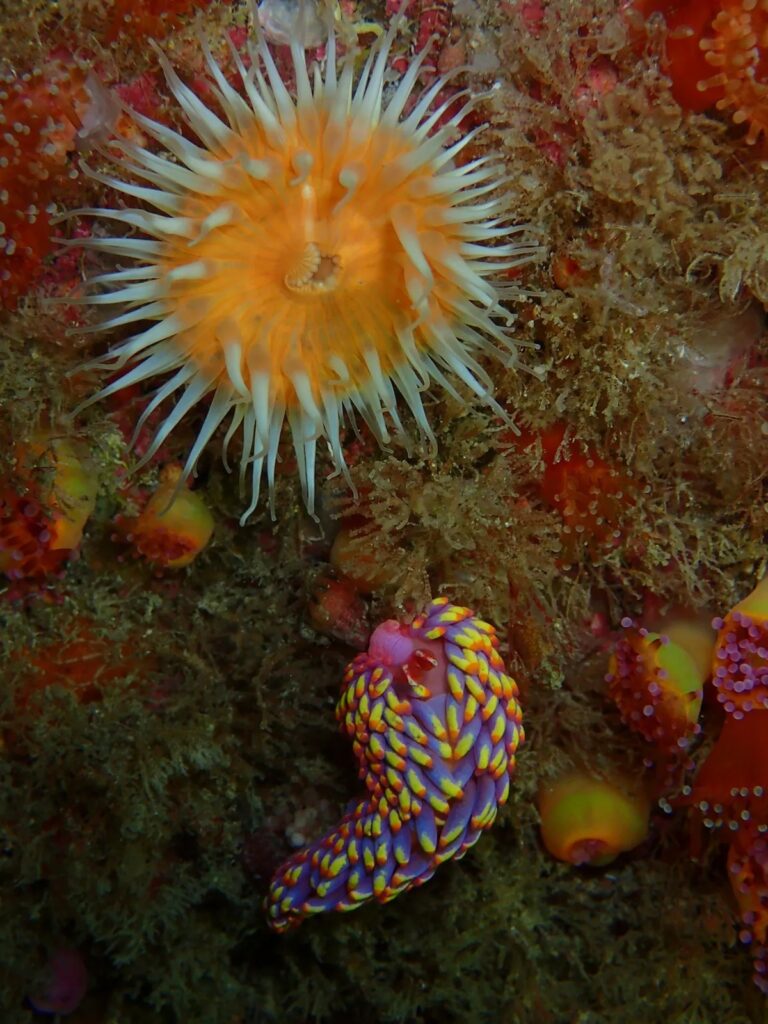
Come for the technicolor display, stay for the penis battles.
Babakina anadoni, possibly the most technicolor sea slug in the world, made an appearance off the coast of the Isles of Scilly, making it an extremely unusual sighting in British waters. According to the Cornwall Wildlife Trust (CWT), this is the first time the species has been observed in the UK, and it’s rather spectacular.
Allen Murray, a volunteer for the CWT’s Seasearch Diving project, saw the sea slug. The project’s goal is to document marine habitats and species found in UK seas and utilize the information to identify places of specific conservation importance. Murray’s encounter is all the more astonishing given that, despite its striking colour, the rainbow sea slug is just the size of a small bean.
“It’s one of the most beautiful sea slugs I’ve ever seen, and given that it’s less than half the size of your little finger, it’s remarkable Allen ever saw it!” In an email to IFLScience, Matt Slater, Marine Conservation Officer at CWT and organizer of the Seasearch Diving project for Cornwall and the Isles of Scilly, wrote
“There is still so much we don’t know about our aquatic ecosystem.” Records like this from our Seasearch divers are critical to better understanding and protecting our seas.”

As a sea slug, B. anadoni belongs to the nudibranchs, a notoriously showy group. There are creatures that resemble grapes, sheep, bananas, and even one that can decapitate its own head and regenerate a new body from scratch.
Our rainbow sea slug has an interesting sex life in addition to being beautifully colored. As hermaphrodites, both partners in a mating couple have both sets of reproductive organs.
The sea slugs compete with their penises to determine who is the “dominant male,” with the victor being the first sea slug to enter the body wall of the other sea slug.
The uncommon occurrence of this penis-wielding sea slug near Melledgan, an uninhabited rock island in the Isles of Scilly, is remarkable given the species’ range. It has previously only been observed along Spain’s west coast and further south in the Atlantic, but never in the UK.
“We are always astounded at the species that appears in Scillonian waters,” said Lucy McRobert, Communications Manager at Isles of Scilly Wildlife Trust. “Every time we dive beneath the surface, we learn and witness something new, from unique and exquisite nudibranchs to violet sea snails to enormous whales like humpbacks and fins!”

Leave a Reply